What is paced feeding?
Paced feeding is a way to feed a baby a bottle that mimics nursing. It has so many benefits! Read on to learn what paced feeding is and why you should do it.
What is paced bottle feeding?
When a baby nurses, he or she has to suck and wait until the natural let-down. But when a baby has a bottle, the milk comes out at a constant pace; this can cause the baby to lose patience when nursing and continue eating past the point of being full. Paced feeding slows the flow of the bottle and makes the baby work for it and take breaks.
Paced feeding looks like this
Baby is sitting upright, not laying back
Caregiver doesn’t push the bottle into the baby’s mouth; the baby “latches” onto the bottle
The bottle is held horizontally, not tilted
The bottle is tilted back to stop or reduce the flow of milk every 30 seconds or so.
Why should you feed with this method?
This method is better for babies because it mimics nursing. A typical nursing session can take 20-30 minutes, but babies often gulp a bottle down in a few minutes. Drinking too quickly can make a baby drink more than their stomach can handle, which makes them spit up. Taking breaks allows them to eat intuitively and stop when full. Imagine drinking water while lying down; it wouldn’t be comfortable! A baby feels the same, so sitting baby up to feed allows them to be in charge and have less pressure.
Interested in learning more about feeding and creating a plan for feeding baby? Set up a Prenatal Meeting with me today!
Hi! I'm Gigi; I'm a postpartum doula, mother to three toddlers, including twins, and a wife to my high school sweetheart. I’m a #swiftie who loves cheesy novels.
As a former teacher, I bring realistic, evidence-based, and actionable advice (and LOTS of handouts.) I help families get the tools they need to prepare, so once baby arrives, they can focus on resting and bonding instead of researching or stressing. I’m here to streamline the newborn learning curve and help birth parents, partners, and other family members. There isn’t ONE way to have and raise a little human. I’m here to guide parents to find THEIR way so that they can thrive in the fourth trimester and beyond.
Ready to learn how to create an actionable postpartum plan?
Ready to get the support you need in the fourth trimester?
Then learn about my prenatal planning services here!



